Embracing Self-Doubt: How to Turn Your Imposter Syndrome into Your Advantage

You're a fraud. You shouldn't be here and you know it. Eventually, they will see right through you.
For many people, imposter syndrome can be crippling. Maya Angelou once said, "I have written eleven books, but each time I think, ‘Uh oh, they’re going to find out now. I’ve run a game on everybody and they’re going to find me out."
Imposter syndrome, originally known as imposter phenomenon was first identified by Dr. Pauline R. Clance and Dr. Suzanne A. Imes in 1978. Clance and Imes noticed that many high-achieving women had intense feelings of anxiety about their success. Rather than giving themselves credit for hard work, discipline and brilliance, many of the women attributed their achievements to external factors such as luck.
Since the original study, imposter syndrome has been found to impact groups across nearly all demographics. However, evidence suggest the impacts are more prevalent among underrepresented communities. The effects of imposter syndrome can be crippling. There's a constance fear that you're not as good as your peers. And that at any moment, they will recognize you for the fraud you are. Ironically, that unfounded fear is often what pushes high-achievers to work harder than those around them. Because they believe others are ahead of them, they find themselves studying more, practicing more, and preparing more. Often they don't realize that by pushing themselves harder, they end up ahead of those that they believed they were behind. In that sense, the imposter syndrome becomes their advantage.
"I have self-doubt. I have insecurity. I have fear of failure…We all have self-doubt. You don’t deny it, but you also don’t capitulate to it. You embrace it. — Kobe Bryant"
Jocelyn Burnell analyzed the data over and over and over again. The "unclassifiable squiggle" within her data was too regular to be random noise. But no one else, not even her Phd advisor, thought the data was significant.
Burnell was a graduate student at Cambridge University studying astronomy. She was used to facing adversity and doubt. As a child, she was told that she was not intelligent enough to pursue education beyond 11 years old. When she enrolled in a Northern Ireland school anyway, the school only allowed her to take domestic science courses such as cooking and sewing. It wasn't until her parents argued against the discrimination that she was allowed to take other sciences along side the boys. Burnell did not waste the opportunity. Once in, she studied hard and ended the semester the top of her class for Physics and Astronomy.
Despite her success, when Burnell learned that she had been admitted to Cambridge University, she was convinced that someone had made a mistake. "Surely they're going to realize that I'm not bright enough," she thought at the time. "But until they throw me out, I'm going to work my hardest."
This feeling of not being good enough influenced how Burnell carried out her research. Where others had dismissed the "unclassifiable squiggles" in her data, Burnell analyzed them over and over again. She checked her equipment. She spoke to advisors. Burnell could not afford to make mistakes. So she found herself being "being very cautious and minutious" with her analysis. Initially, others were skeptical. Because of the regularity, Burnell's peers thought the signals could be interference from daily commuters. Her advisor even considered that the the signals were messages from extraterrestrial civilizations.But Burnell persisted.
After reviewing endless meters of data sheets, Burnell found one, two, and then three more signal sources all behaving the same way. By then, everyone knew they had discovered something unprecedented.
They called their discovery pulsating stars. And later, just pulsars. The discovery of pulsars was one of the most important discoveries of the century and led to the Nobel prize for Burnell's advisor. Unfortunately, Burnell did not receive a Nobel for her discovery. However, she continued to be awarded and distinguished throughout her career.
While imposter syndrome can be crippling, it became the driving force behind Burnell's meticulousness and her discovery. She analyzed data that others didn't even consider significant.
We find this pattern in other high achievers who are affected by imposter syndrome as well. In an effort to keep up, they push themselves to go the extra mile. And over time, they find themselves miles ahead of their colleagues. Many people view imposter syndrome as something that you have to overcome or even ignore. But once we realize that it's something that's been driving us from the beginning, we can learn to harness it as our superpower. Kobe Bryant once said, "I have self-doubt. I have insecurity. I have fear of failure…We all have self-doubt. You don’t deny it, but you also don’t capitulate to it. You embrace it."
How To Use Imposter Syndrome To Fuel Your Growth
Once we realize that imposter syndrome can be used as energy to drive us, so much more is possible. But how do we harness the energy from imposter syndrome into something constructive?
- Focus on Self-Development
What high achievers with imposter syndrome have in common is that they continue developing despite their doubt. They keep honing their crafts despite their feelings of inadequacy. Toni Morrison for instance, was known for her work ethic. Waking up early in the morning before the world had any expectations of her, she kept writing. Even when she had self doubt, she kept writing. Even when she thought that her writing was not good enough, she kept writing.
It is the same for us. When we have doubts about our abilities to lead, to teach, to be a valuable of member of the team, the worst thing we could do would be to shrink. To stop leading, to stop teaching, to stop trying to add value. Instead, we have to think about what skill we would need to improve in order to feel more confident. We have to ask ourselves — what is the one thing we can do today, this week, this month to develop the skill we need. And then we need to do it.
Self development as a concept is simple. But deliberately setting aside time to work on the areas that cause us to doubt is difficult. This is why most leaders spend more time developing their team than they do developing themselves.
- Ask Other High Achievers About Their Self Doubt
Chadwick Boseman, Maya Angelou, Neil deGrasse Tyson, Michelle Obama, Kobe Bryant and countless others have grappled with self-doubt. When we can remind ourselves that even our greatest can have feelings of inadequacy, it can help us normalize the feeling ourselves. Although we may not have access to these great figures, there are normally high achievers within our own circles to whom we can connect with and relate to.
One exercise you can do is connect with a trusted colleague or leader on the topic of doubt. Let them know that you sometimes experience self-doubt and ask them if they have any experience or best practices with working through it themselves. It may feel like an hard topic to broach. But that's only because we rarely talk about it. Once we normalize discussing self-doubt with those we trust, we'll find that many of the people we respect face the same insecurities. That knowledge in itself can be freeing. For once we realize how common self-doubt, it loses its control over us.
By reframing how we view imposter syndrome, we can begin to leverage it as fuel for our own growth and development. By understanding how common it is, we can recognize that having moments of self-doubt places us in good company.

